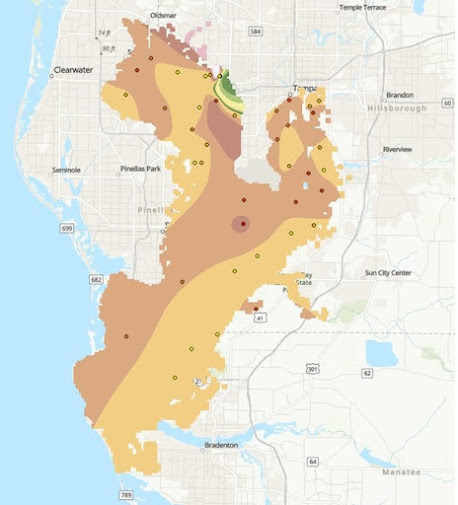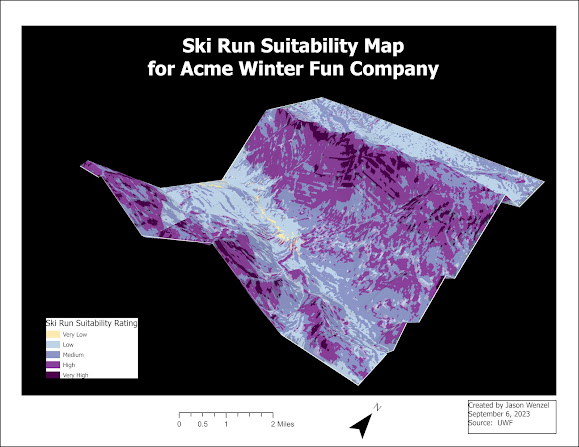Surfaces: Interpolation

This week in GIS 5935 we continued our study of surfaces with a focus on interpolation. In this lab, I learned how to execute surface interpolation in GIS through various techniques including Thiessen, Inverse Distance Weighting (IDW), and Spline. After interpreting the results, I compared and contrasted these different techniques. Spatial interpolation involves predicting variables at unmeasured locations based on a sample of the same variables at locations that are known (Bolstad and Manson 2022). Interpolation is a method often used to estimate continuous variables (ratio/interval) on a variety of phenomena including temperature, soil moisture, elevation, ocean productivity, and population density (2022). Bolstad and Manson (2022:514) write "different interpolation methods will often produce different results, even when using the same input data." The first half of this lab involved creating a digital elevation model (DEM) using IDW and Spline interpolation. The s...
